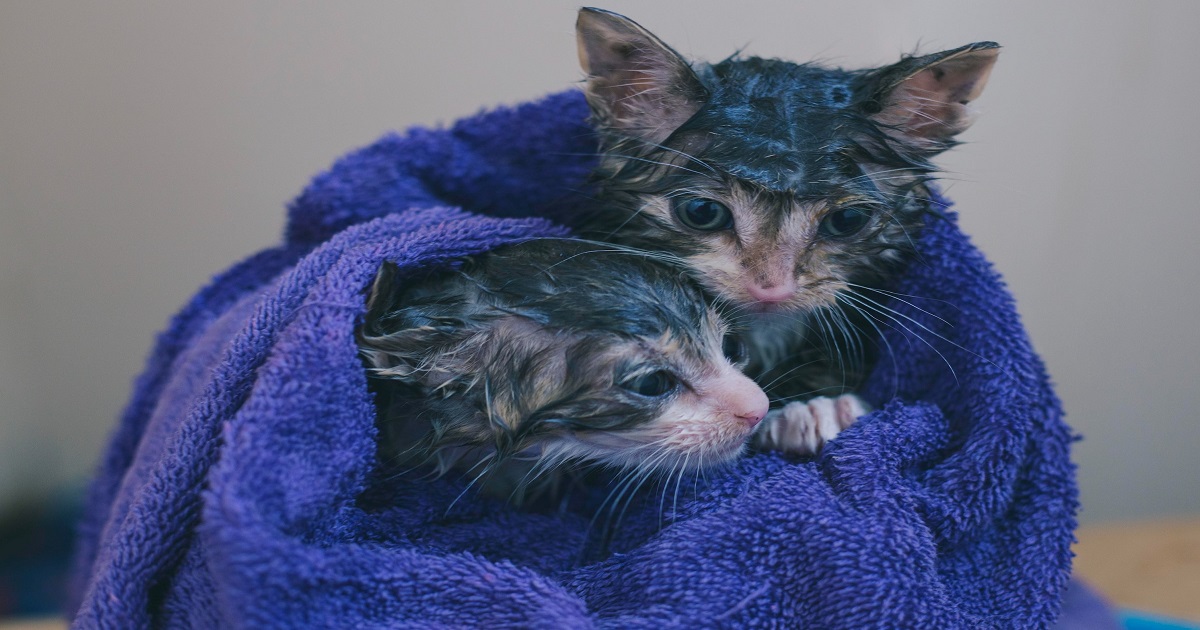Cats, unlike their canine counterparts, are known for their self-grooming abilities. However, there are circumstances when a bath becomes necessary, and that’s where your role as a pet parent comes in. Bathing a cat might seem like a challenging feat, but with the right techniques, it can become a less stressful and potentially bonding experience. In this detailed guide, we’ll provide step-by-step instructions and tips to help you bathe your cat safely and efficiently.
Section 1: Selecting the Appropriate Bathing Products
The first step is to select the right products for bathing your cat. A cat-specific shampoo is a must as it is specially formulated to suit the unique pH balance of a cat’s skin. Avoid using human or dog shampoo, which can be too harsh and potentially irritate your cat’s skin. Look for a mild, hypoallergenic cat shampoo free from artificial fragrances and colors.
Section 2: Pre-Bath Preparations: Setting Up a Safe Environment
A good bathing experience starts with proper preparation. Choose a warm, quiet, and secure area for bathing to minimize distractions and keep your cat at ease. A kitchen sink or a small tub can often work better than a full-sized bathtub. Place a rubber mat or towel at the bottom to prevent slipping. Gather all your supplies beforehand, such as towels, shampoo, a cup or sprayer for rinsing, and treats for rewarding good behavior.
Section 3: The Importance of Pre-Bath Grooming
Before getting your cat wet, it’s crucial to brush their fur thoroughly. Brushing removes loose hair, disentangles mats, and allows you to check for fleas, ticks, or skin abnormalities. Besides, a tangle-free coat will make the bathing process smoother.
Section 4: Ensuring Ideal Water Temperature
Cats are sensitive to water temperature. Too hot or too cold, and your cat might associate the bath with discomfort. Aim for lukewarm water, which is comfortable to the touch but not hot.
Section 5: Shampooing and Rinsing: The Bathing Process
When it comes to the bathing process, start by gently wetting your cat’s body while avoiding the face. Apply the cat shampoo from the neck down, lathering gently. Avoid the cat’s eyes, ears, and nose to prevent irritation. Rinse thoroughly, ensuring no shampoo residue remains, as leftover soap can cause skin irritation.
Section 6: Post-Bath Care: Drying Your Feline Friend
Once the bath is over, wrap your cat in a soft towel, and pat dry gently. Avoid vigorous rubbing, which can lead to tangles. If your cat tolerates it, you can also use a hairdryer on the lowest heat setting, but make sure to keep it a safe distance away to avoid overheating or burns.
Bathing your cat is not a regular necessity, but when it’s needed, it should be done with utmost care. With these tips and tricks, you can ensure your cat’s bathing routine is comfortable, stress-free, and effective. Remember to be patient and gentle, rewarding your feline friend’s good behavior to foster positive associations with the bathing process. You are now ready to handle bath time with confidence, knowing that a clean cat is indeed a happy and healthy cat!



